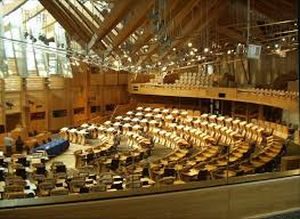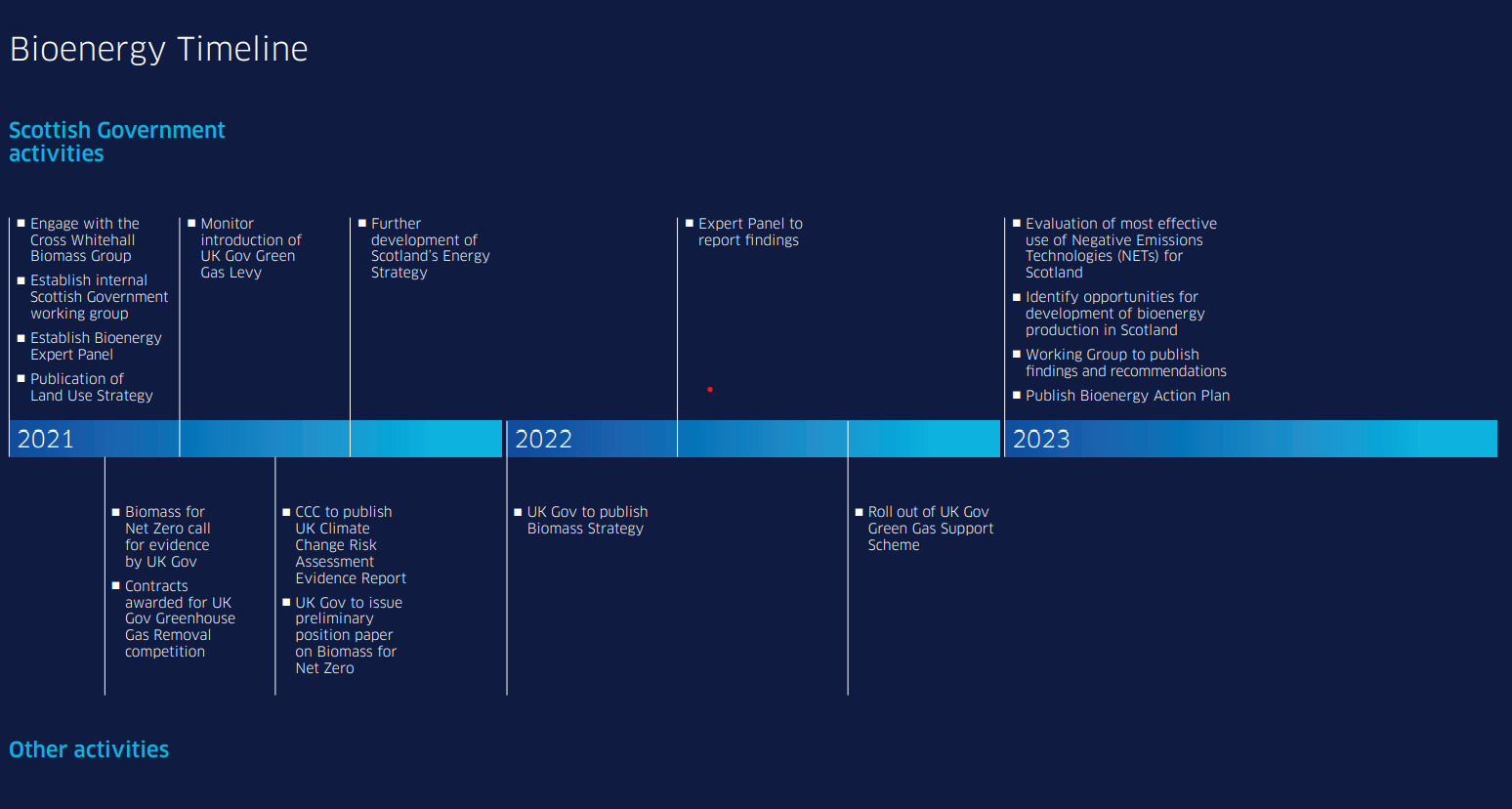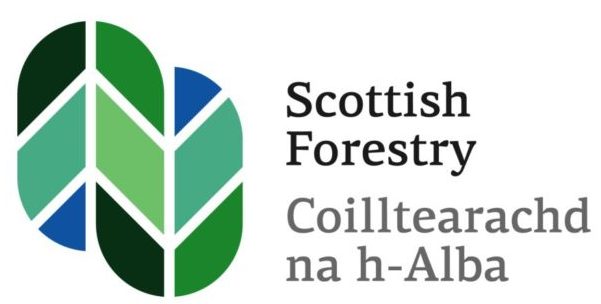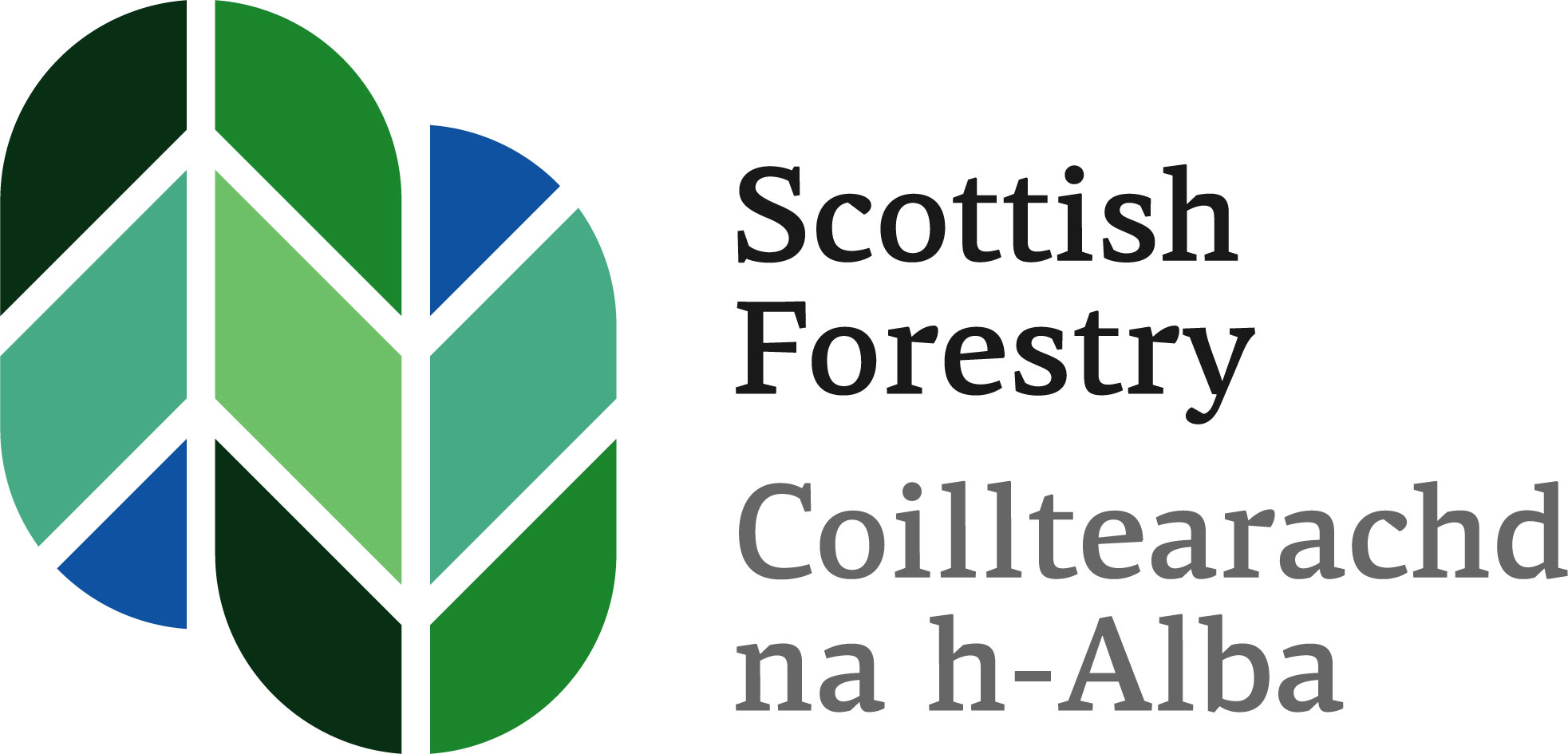Scottish Energy Strategy
Scottish Energy Strategy
Scotland’s renewable energy ambitions will be driven the Scottish Energy Strategy: The future of energy in Scotland (December 2017)

2017 Scottish Energy Strategy
The Scottish Government published an Energy Strategy in December 2017. The Strategy is designed to provide a long-term vision to guide detailed energy policy decisions over the coming decades.
The Energy Strategy proposes a new 2030 ‘all-energy’ target for the equivalent of 50% of Scotland’s heat, transport and electricity consumption to be supplied from renewable sources.
The Government says:
“While this level of renewables will be challenging, a 50% target represents an ambitious but achievable goal. Setting this target demonstrates the Scottish Government’s commitment to a renewable future – and to the continued growth of a successful renewable energy sector in Scotland.”
There are no renewable technology specific targets; but clearly as biomass accounts for the largest single source of our renewable energy the 50% target is likely to drive future growth in biomass use.
The Strategy can be found here:
Local Heat and Energy Efficiency Strategies
In January 2017, the Scottish Government published a consultation on ‘Local Heat and Energy Efficiency Strategies (LHEEs), and Regulation of District Heating.’
The consultation indicates the Government is considering placing a statutory duty upon local authorities to work with relevant stakeholders to develop LHEEs, and to use their powers to implement that strategy.
LHEEs objectives and specific potential actions will cover a range of issues that are associated with biomass and the key ones are highlighted below.
- ‘Undertake an area-based socio-economic assessment that would be used to assess the energy efficiency interventions and to identify the most appropriate heat technology for an area and to designate district heating zones.’
- ‘Set out costed, phased delivery programmes for each strategy period, to ensure that a proportion of buildings in the local authority’s area are improved – cumulatively ensuring that all buildings are improved across all strategy periods to meet the long-term target’.
- ‘Promote installation of new low carbon heat supplies’
The location, availability, sustainability and reliability of wood chip fuel and its supply chain is a fundamental aspect of determining if and where wood fuel heating can be developed and the extent to which it can help meet these types of objectives under a LHEE.
Bioenergy Action Plan
In their 2019 Annual Energy Statement, the Scottish Government declared their aim to publish the Bioenergy Action Plan to strategically plan bioenergy development in Scotland. By 2030, bioresources could produce up to 2 TWh per year of primary energy.
The Scottish Government released a Bioenergy Update in March 2021. This update was a precursor to the anticipated Bioenergy Action Plan, outlining how the Scottish Government intends on moving forward in the next 18-24 months to understand the best way of using bioenergy resources in Scotland. It highlighted that further investigation is required into the role of bioenergy in the transition to net-zero, before an action plan could be realised. A provisional timeline was set out (as below).

Energy Strategy: Position statement
This Position Statement released also in March 2021 on the back of COVID-19, provides an insight into the Scottish Governments Approach to supporting the energy sector, in the lead up to COP26. It summarises recent policy publications in hydrogen, local energy, and offshore wind. There were 2 mentions of Bioenergy in this statement. One of which was the acknowledgement of the importance of bioenergy with carbon capture and storage (BECCS) in negative emissions technology developments, as well as within the ‘key priorities for energy’ section, under ‘local energy’ as below:
- (to) ‘Establish an Expert Panel to consider and identify the most appropriate and sustainable use of bioenergy resources within Scotland.’
Keep up to date with developments here.






